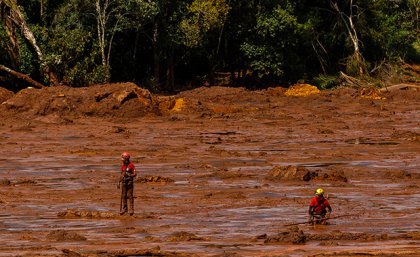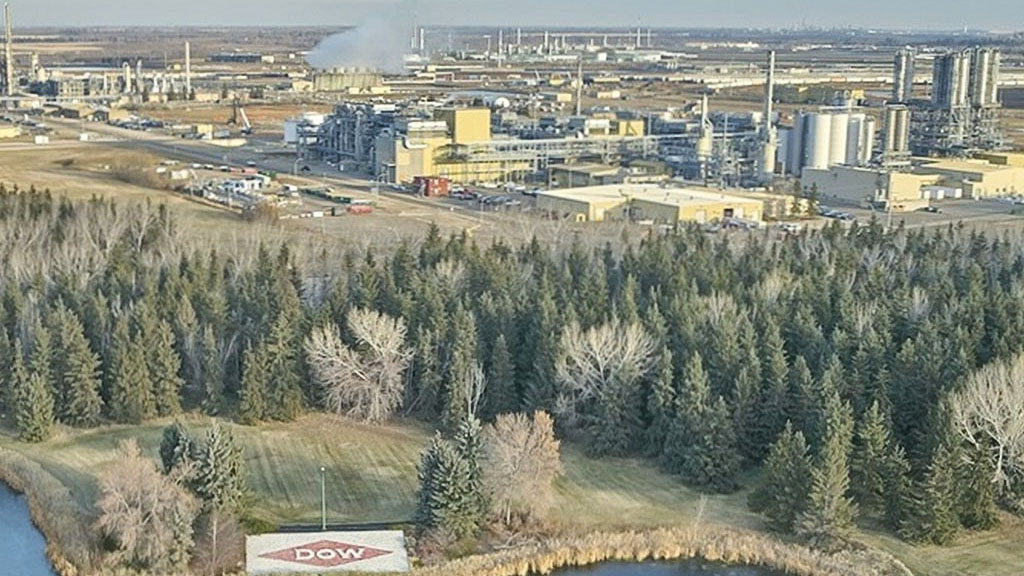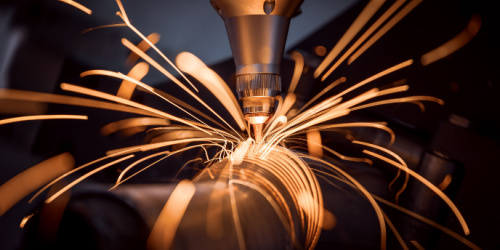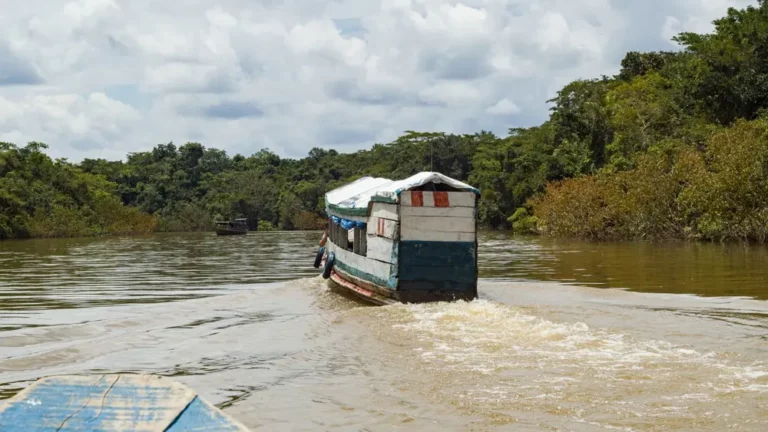LME triumphs in lawsuit over cancelled nickel trades
Reuters | November 29, 2023 |

Credit: LME
The London Metal Exchange (LME) won a legal battle with US financial firms on Wednesday which brought a case demanding $472 million in compensation after the exchange cancelled billions of dollars in nickel trades last year following a surge in prices.

Hedge fund Elliott Associates and market maker Jane Street Global Trading brought the case after the world’s largest metals marketplace cancelled $12 billion in trades when prices shot to records above $100,000 a metric ton in a few hours of chaotic trade in March 2022.

In its written ruling, London’s High Court said the LME could cancel trades in exceptional circumstances and was not obligated to consult market players prior to its decision.
“This judgment recognises the LME’s obligation to maintain orderly markets and its powers to intervene to this end, including by cancelling trades,” the LME said.
Other exchanges were closely watching the case because it could have wider ramifications on their ability to react to crisis situations.
Judge Jonathan Swift and Judge Robert Bright accepted LME chief executive Matthew Chamberlain’s position that consultations would not have revealed anything the exchange did not already know.
“It seems obvious to us that everyone involved was aware both that the suspension and cancellation decisions were momentous, and of the likely effects on all market participants – including those in the position of the claimants,” the judges said.
Elliott and Jane Street had argued the exchange acted unlawfully. Elliott said it intends to appeal the ruling.
Britain’s Financial Conduct Authority in March this year launched its first ever investigation of a UK exchange for possible misconduct after the LME’s decision to cancel trades.
A source at the FCA said: “We are aware of the judgment and we are considering it, in light of our supervisory remit over the exchange.”
The LME said it had both the power and a duty to unwind the trades because a record $20 billion in margin calls could have led to at least seven clearing members defaulting, systemic risk and a potential “death spiral”.
Elliott and Jane Street had been critical of Chamberlain for taking account of possible adverse consequences for some members.
“It is difficult to think of anything more likely to make the nickel market disorderly. Further, it would not only have affected the nickel market; the failure of an LME member, let alone a clearing member, would have had a serious impact on the global commodities market more broadly,” the judges said.
“The judgment raises fundamental questions for UK market participants who trade not only on the LME but more broadly on other exchanges, about an absence of trade certainty prior to settlement,” Elliott Associates said in a statement.
Jane Street said it would evaluate its next steps.
“Jane Street brought this case because we believe market participants should have confidence that trades entered in good faith are respected, and believe the decision for an exchange or clearing house to cancel those contracts should only be taken with rigorous analysis and utmost consideration.”
(By Sam Tobin, Pratima Desai and Eric Onstad; Editing by Veronica Brown and Elaine Hardcastle)
















